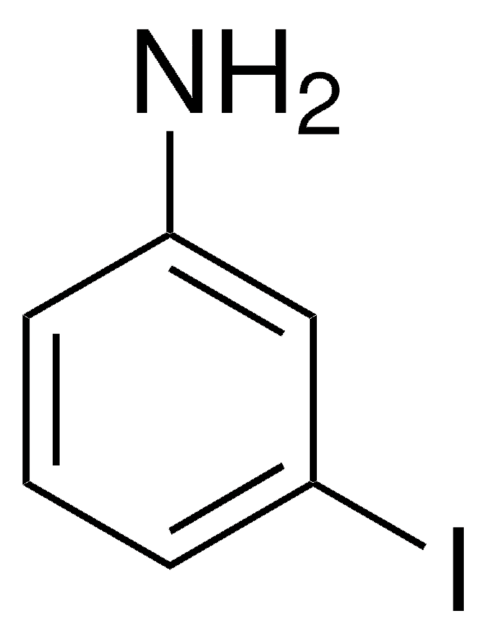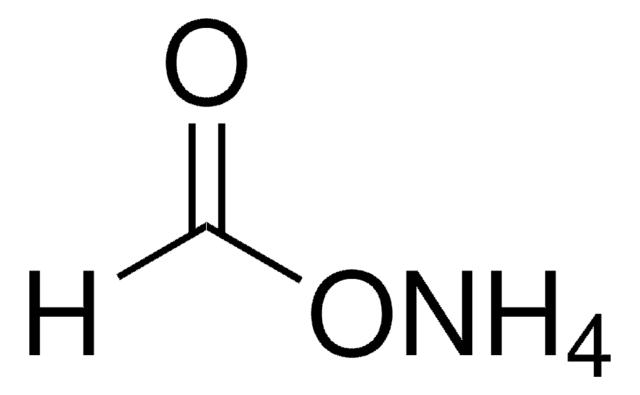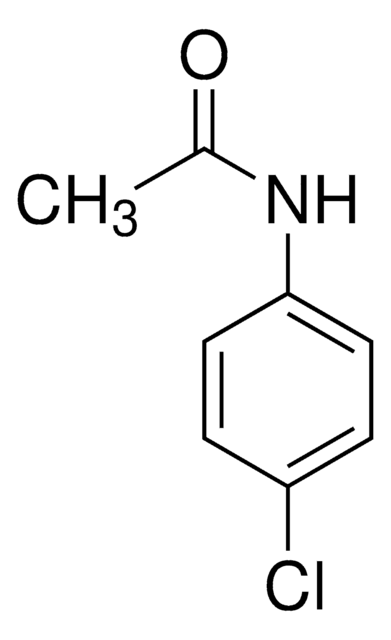58550AST
CHIRALPAK® CBH (5 μm) HPLC Columns
L × I.D. 10 cm × 4 mm, HPLC Column
Synonym(s):
CBH Chiral HPLC Column
About This Item
Recommended Products
product name
CHIRALPAK® CBH HPLC Column, 5 μm particle size, L × I.D. 10 cm × 4 mm
material
stainless steel column
product line
CHIRALPAK®
packaging
pkg of 1 ea
manufacturer/tradename
CHIRALPAK®
parameter
137 bar pressure (2000 psi)
20-30 °C temperature
40 °C max. temp.
technique(s)
HPLC: suitable
L × I.D.
10 cm × 4 mm
matrix
fully porous particle
matrix active group
cellobiohydrolase phase
particle size
5 μm
operating pH
2-8
separation technique
chiral
Looking for similar products? Visit Product Comparison Guide
Related Categories
General description
Features:
- Direct reversed phase resolution of chiral molecules
- Stable with a variety of organic modifiers
- Available in analytical and semi-preparative sizes
(1) Hermansson, J. Direct liquid chromatographic resolution of racemic drugs using a1-acid glycoprotein as the chiral stationary phase. J. Chromatogr. A, 1983, 269, 71-80.
Application
- Simultaneous enantioselective analysis of illicit drugs in wastewater and surface water by chiral LC-MS/MS: A pilot study on a wastewater treatment plant and its receiving river.: This study utilizes the CHIRALPAK CBH HPLC Column for the enantioselective analysis of illicit drugs in environmental water samples, demonstrating its application in monitoring wastewater and surface water quality (Wang et al., 2021).
- Enantiomeric determination of cathinones in environmental water samples by liquid chromatography-high resolution mass spectrometry.: This research highlights the application of the CHIRALPAK CBH HPLC Column in the enantiomeric separation of cathinones, providing a method for the analysis of these substances in environmental water samples using LC-HRMS (Fu et al., 2020).
- Comparison of polysaccharide-based and protein-based chiral liquid chromatography columns for enantioseparation of drugs.: This paper compares the enantioseparation efficiency of polysaccharide-based and protein-based chiral LC columns, including the CHIRALPAK CBH HPLC Column, for the separation of various drugs, emphasizing its effectiveness and application in pharmaceutical analysis (Fu et al., 2020).
Legal Information
Choose from one of the most recent versions:
Certificates of Analysis (COA)
Sorry, we don't have COAs for this product available online at this time.
If you need assistance, please contact Customer Support.
Already Own This Product?
Find documentation for the products that you have recently purchased in the Document Library.
Our team of scientists has experience in all areas of research including Life Science, Material Science, Chemical Synthesis, Chromatography, Analytical and many others.
Contact Technical Service




